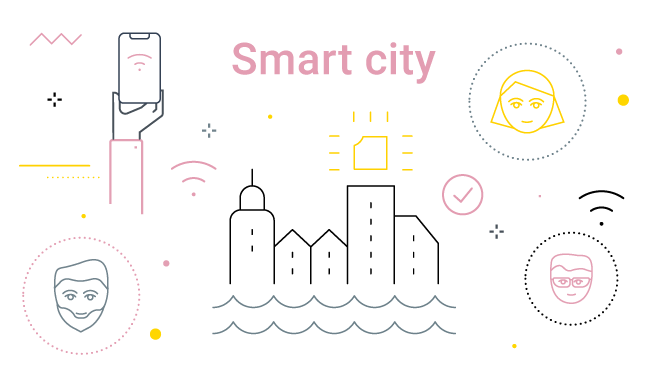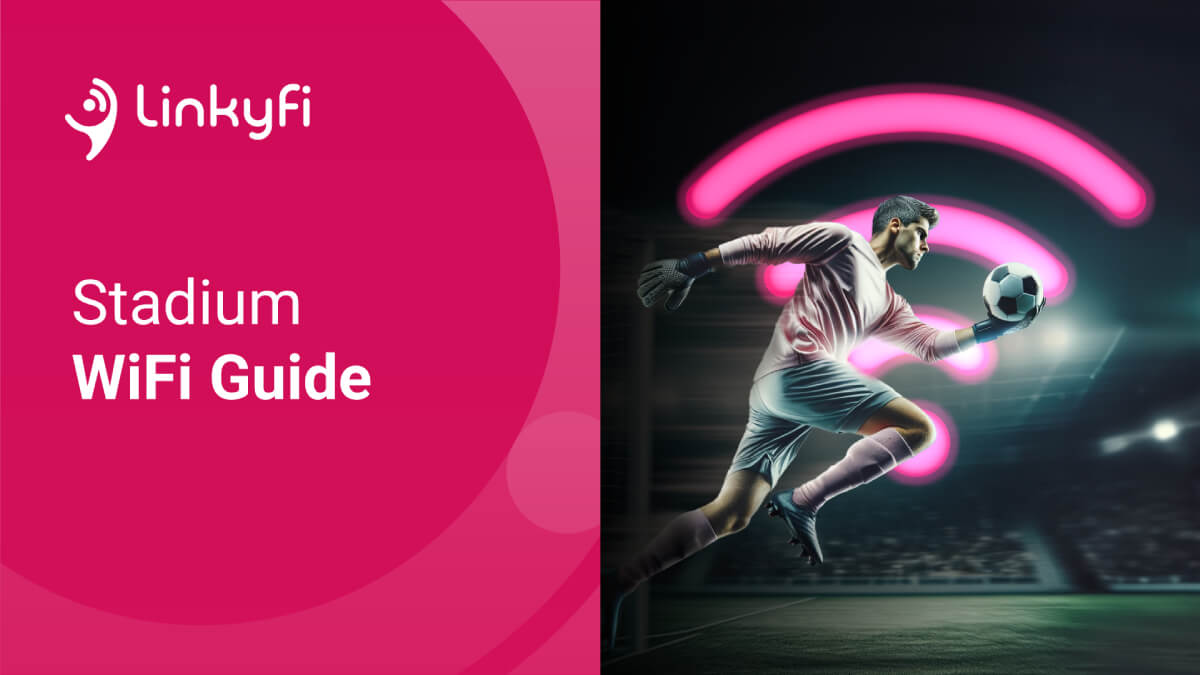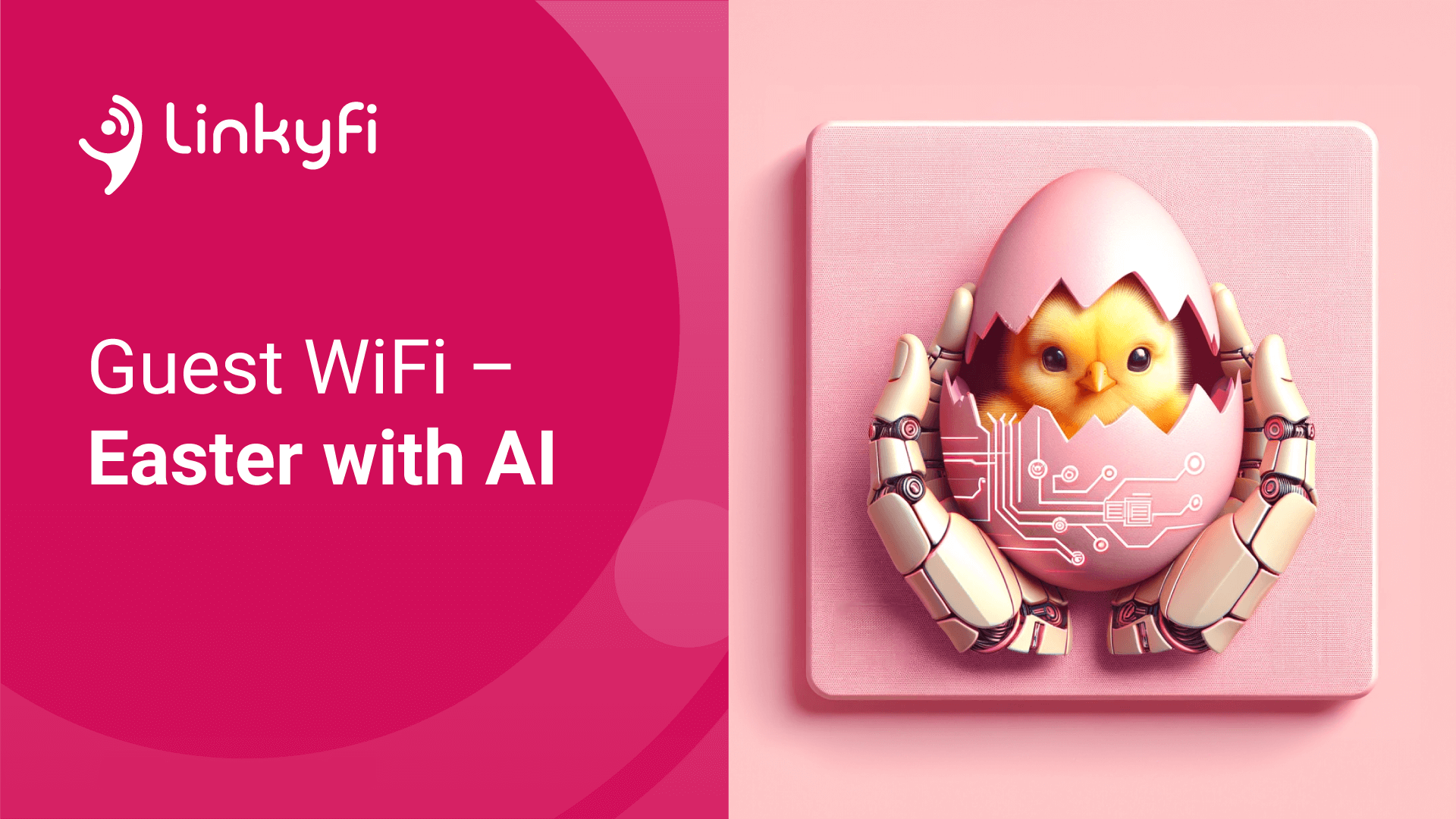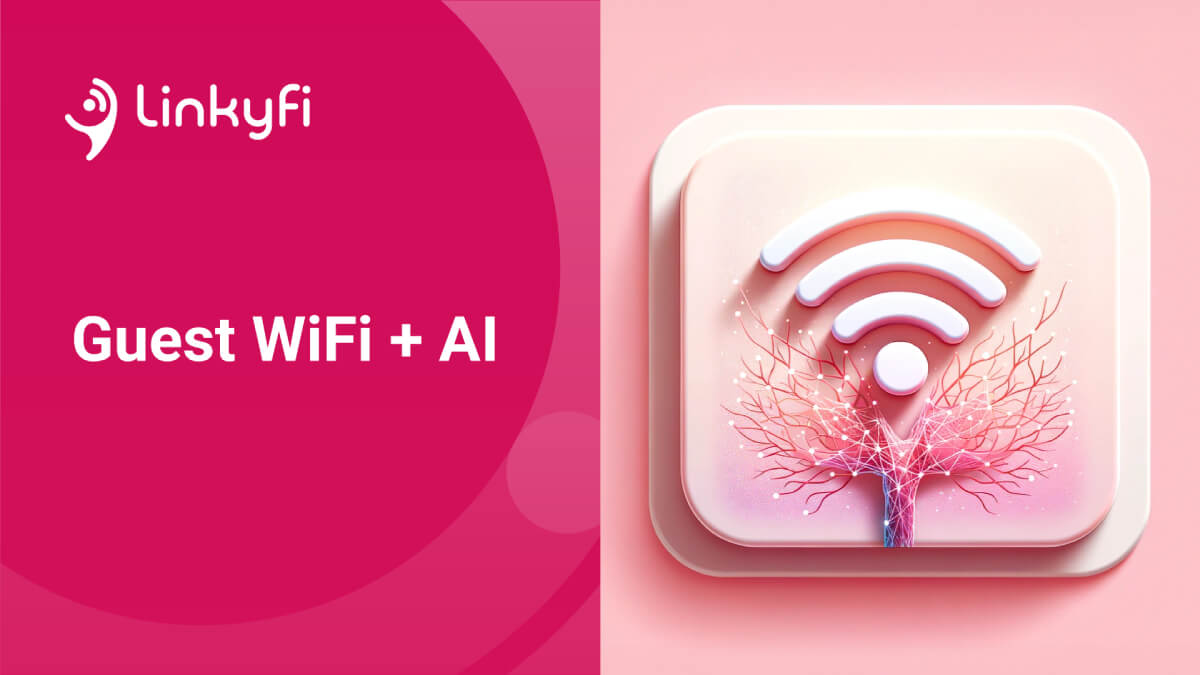Why should the smart city start with public WiFi?

When you hear “smart cities,” you probably think of energy-saving smart city lighting that switches off when it’s not needed. Or maybe you think even bigger: an integrated network of autonomous vehicles that work in sync to create a city without traffic jams. While these definitely are the goal for some engineers and some cities, they are also songs of a distant Earth for most. Considering the scale and the cost of the technology needed and juxtaposing it with the immediate (and sometimes not so immediate) profit, most municipalities decide to live here and now and shelve the smart city idea for later.
There is, however, a comparatively easy way of making a city smarter. One that will not break the bank, but at the same time lead to a more convenient life. The solution is public WiFi.
What is public WiFi for smart cities?
We tend to associate WiFi hotspots with coffee shops and shopping malls rather than cities. Somehow private owners are more eager to please visitors with free internet access than public entities. That’s too bad, because WiFi can be broadcasted outdoors as well as indoors and the investment – if used correctly – provides immediate benefits. Public WiFi for smart cities opens a world of possibilities, both for the citizens and the administrators. Here are just some examples of how cities and their citizens can benefit.

Bridge to the digital divide
Perhaps the most obvious benefit of having public WiFi in a smart city is that it provides internet access to those who would have otherwise been cut off from this invaluable source of knowledge. According to the International Telecommunications Union only slightly more than half of the general population (53.6%, to be exact) have access to the internet, with the number dropping further to 47% in the developing world.
Providing free WiFi in places such as schools, libraries, or the town hall can greatly reduce the digital divide and ensure easy access to knowledge not only for those who don’t have the internet at all, but also for those who suffer from poor connection.
Mobile visitor center
A proper guest WiFi management platform can recognize if the person who connects to the public WiFi in a smart city is a foreigner and then adjust, for example by displaying tourist information in appropriate language on a dedicated landing page. This virtual visitor center can redirect tourists to ticket-purchasing pages, showcase the most popular landmarks, or provide tips on how to move around town. Better yet, if the platform comes with WiFi geofencing and WiFi-based location services, it can even provide tourists with step-by-step, real-time directions straight to the place they want to see. Imagine how much more convenient this can make their stay and how it will reflect on your city!

Virtual tour guide
Guiding tourists around the city is one thing, but smart WiFi features such as indoor location tracking can be used for even more. They can be applied in spaces like galleries and museums to navigate visitors to the displays and works of art that are of particular interest to them. Not only is this useful for the sightseers – by using WiFi location analytics, these institutions can gauge trends and adjust their promotional strategies to fit visitors’ interests better.
Public broadcasting service
What businesses use as a WiFi marketing platform, smart cities can use for keeping in touch with citizens. By asking citizens to log into public WiFi in smart cities using their email or phone number,you can collect contact information to be later used for broadcasting important information. This can be anything they will find useful: from regular newsletters about the roadworks that will affect the commute, to pollution alerts sent when it’s not safe to go outside for certain groups of people. It’s an easy way to be in touch with citizens and keep them well-informed and satisfied with how the town hall is handling issues.
Asked and answered
Through the use of free WiFi your citizens can also reciprocate and give you feedback, for example on how efficient the offices are or what improvements to the town infrastructure they would like to see. You just need to set up a questionnaire on the WiFi login page and that’s it – an easy way to poll people about the things that matter to them and to your town.

E-government
The help and the communication don’t stop there. With public WiFi for smart citiesyou can also make it easier for citizens to navigate the labyrinth of official forms and petitions. Let’s say someone’s using the WiFi in the Department of Transport – why not redirect them to a page with the documents they need to register a vehicle or request a driver’s license? Or maybe they are in the Tax Office and could use taking a glance at an FAQ about doing their taxes? Citizens will surely appreciate this helping hand and the easy access to official websites and documents.
Public knowledge
While cities definitely have a lot to gain from fostering a good relationship with their people, public WiFi for smart cities offers an even more crucial benefit: access to data. Whether people actually log into the network or just carry around a smartphone, cities can collect anonymized data about their movements from WiFi access points. This is invaluable information that can be used to create a truly smart city – a place that is better to live, easier to manage, more efficient. By the virtue of tracking density, cities can optimize public transport to make it both more convenient for the passengers and easier on the city coffers. They can monitor public events, not only to see if their promotional strategy works, but even more importantly, to implement proper security measures and ensure resources in case of an emergency. And remember the smart street lamps we mentioned at the beginning? Who needs expensive gadgetry when you can use data about footfall to determine when there is no-one to shine the light on?

Safe space
We mentioned that public WiFi can help increase security in the city.It provides information that can be used to better allocate public resources or to put first responders on alert. But it can ensure an even more palpable sense of security in the panic button feature. Panic buttons are devices or apps that can alert emergency services if anything bad happens – a robbery, heart-attack, car crash… anything that requires immediate reaction from first responders. With proper software and citizen-facing app, WiFi infrastructure can effectively locate the person who pushed the panic button, saving precious time. These types of solutions are already being implemented around the world, in cities such as Tel Aviv where indoor positioning systems are used in schools for this exact purpose. And they definitely contribute to people’s sense of safety and the effectiveness of emergency services.
Start with the basics
Free WiFi is the first step towards creating a smart city and, so far, the most popular smart city implementation. No wonder, after all it offers incredible possibilities and brings quick and measurable results at relatively low costs. With available advertising options that can fund the deployment, as well as subsidies, such as the WiFi4EU project, public WiFi for smart cities doesn’t have to be expensive and can quickly turn profit, be it in the form of money, information, or satisfied citizens. Smart city design doesn’t have to look like it’s straight from the Jetsons, it can start with something as simple as free WiFi.
Recommended posts
- WiFi for Stadiums Explained
- Guest WiFi - Easter Marketing with AI: A Step-by-Step Guide
- Guest WiFi + AI: Your Marketing Dream Team!
Subscribe to stay in the loop with all our latest content:
Recommended posts



